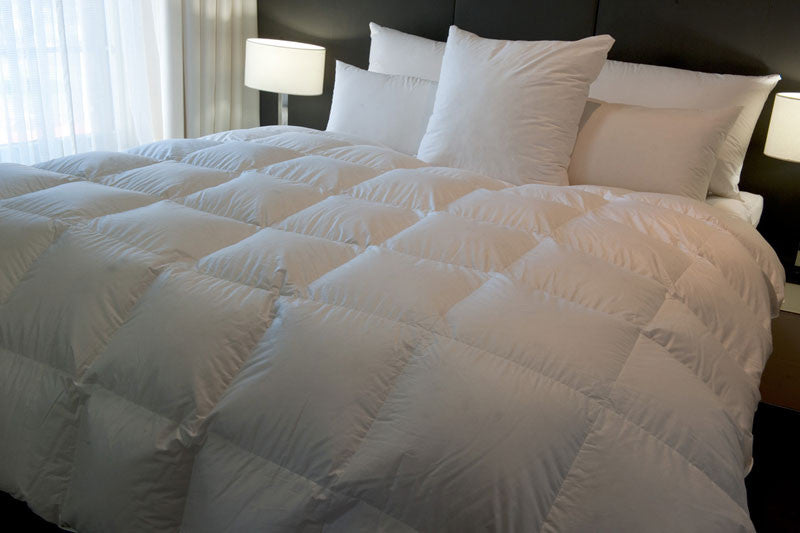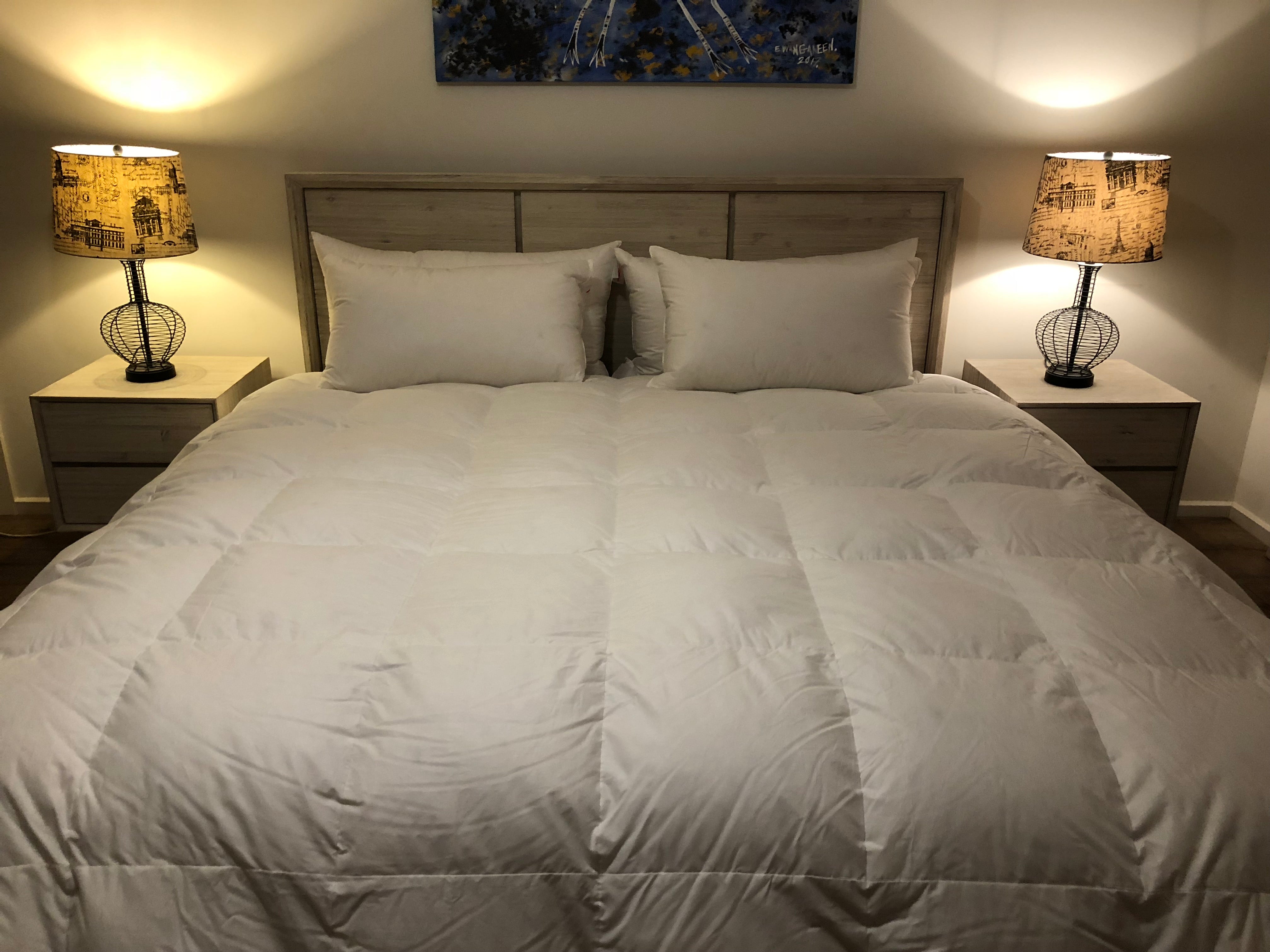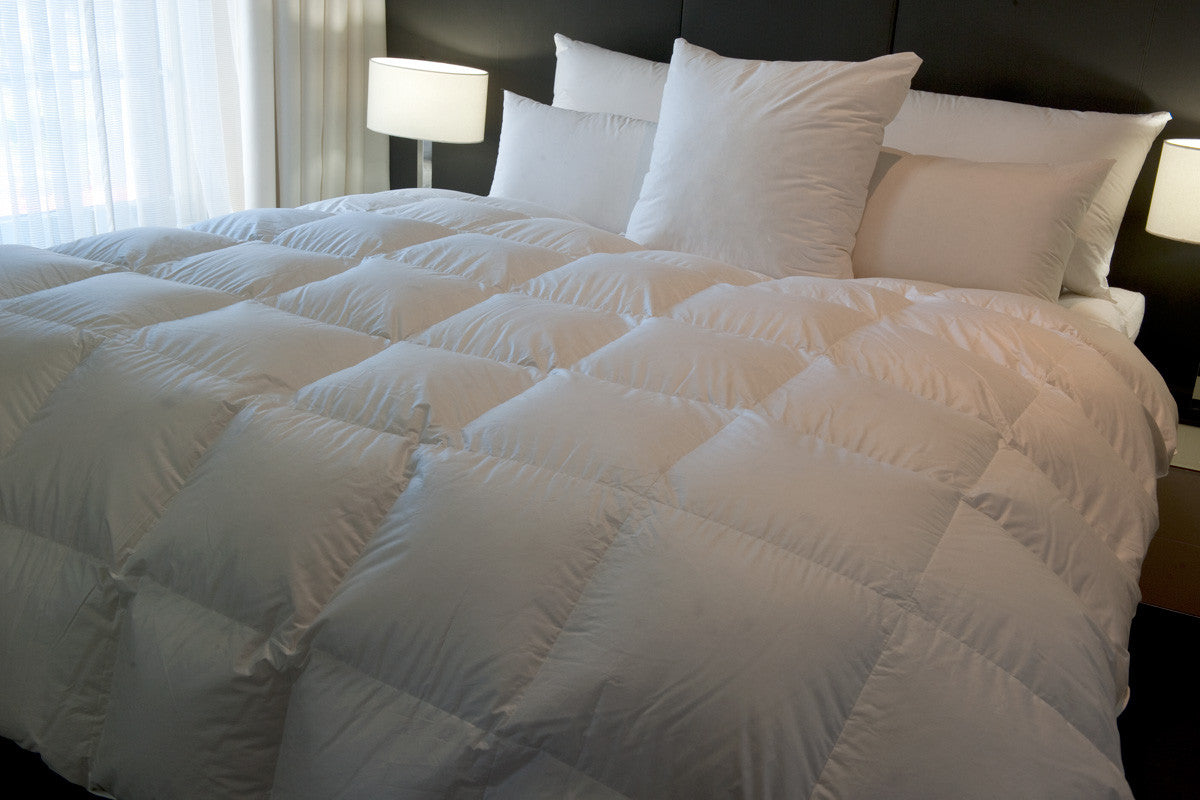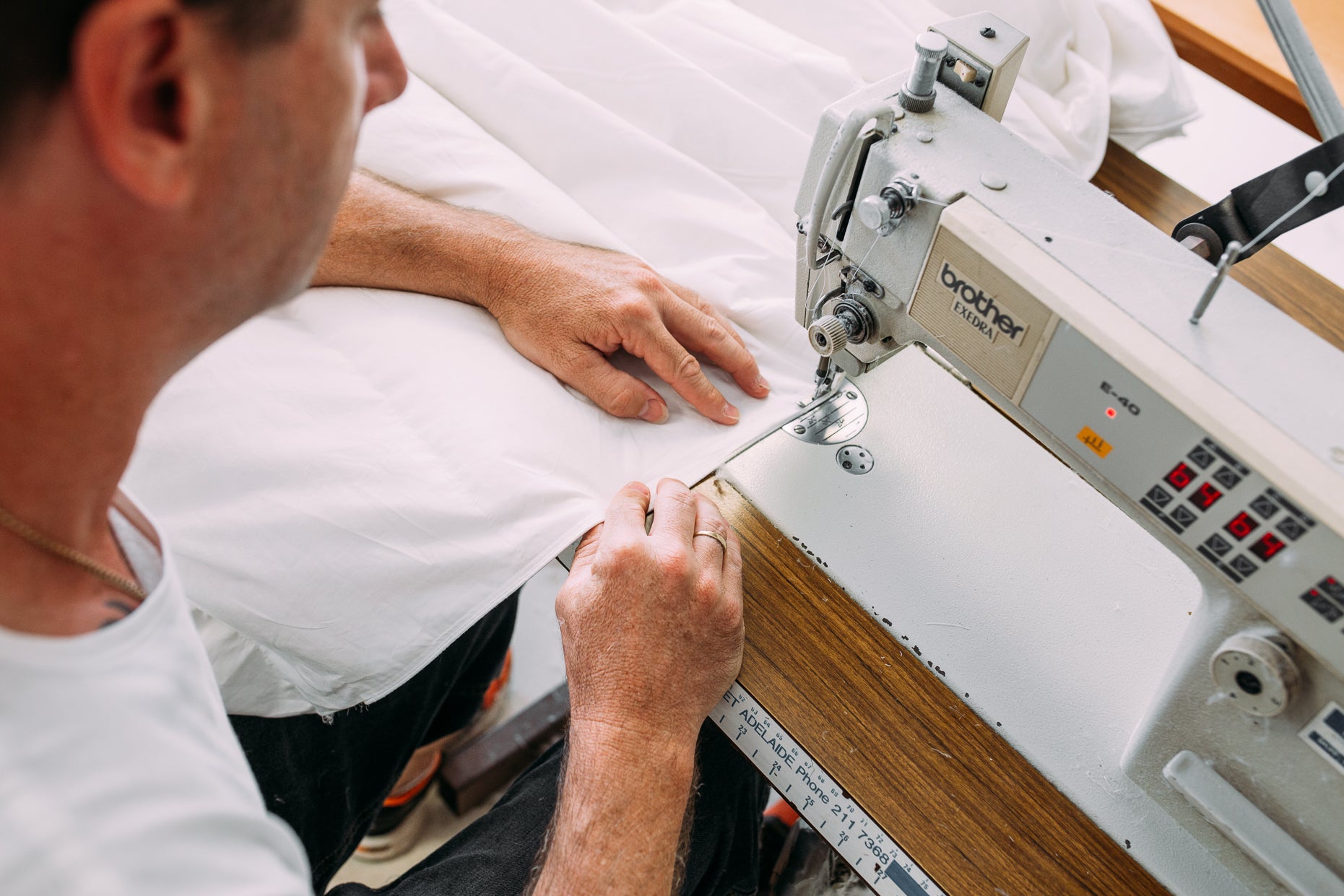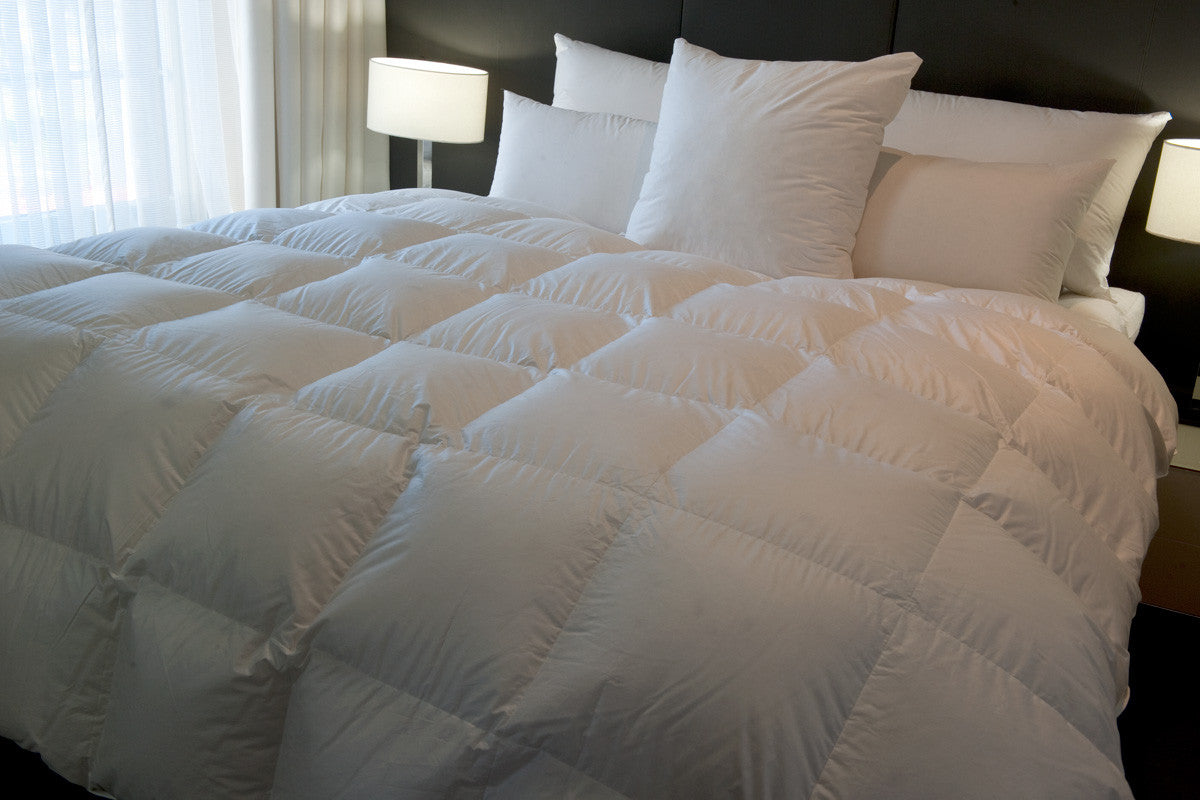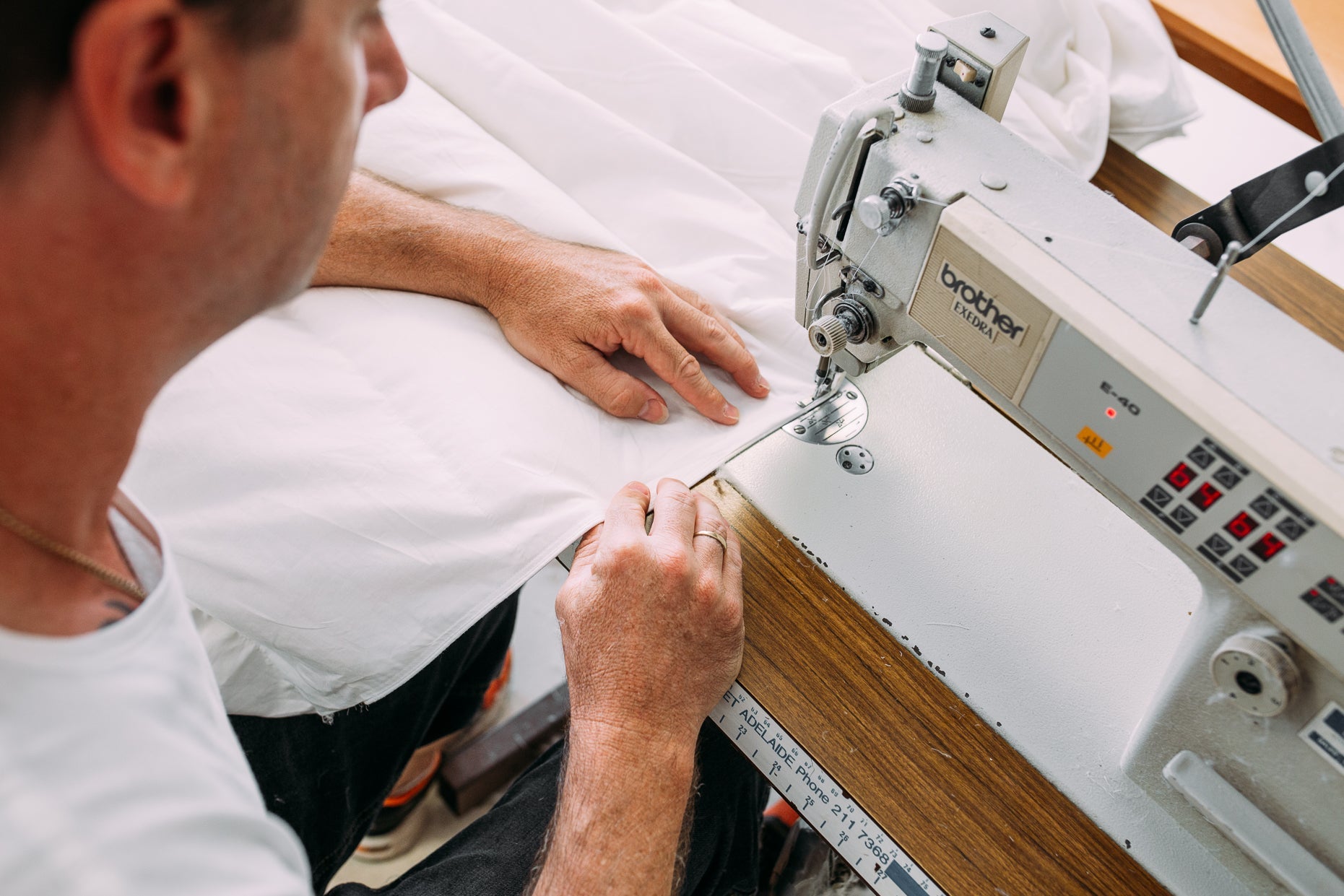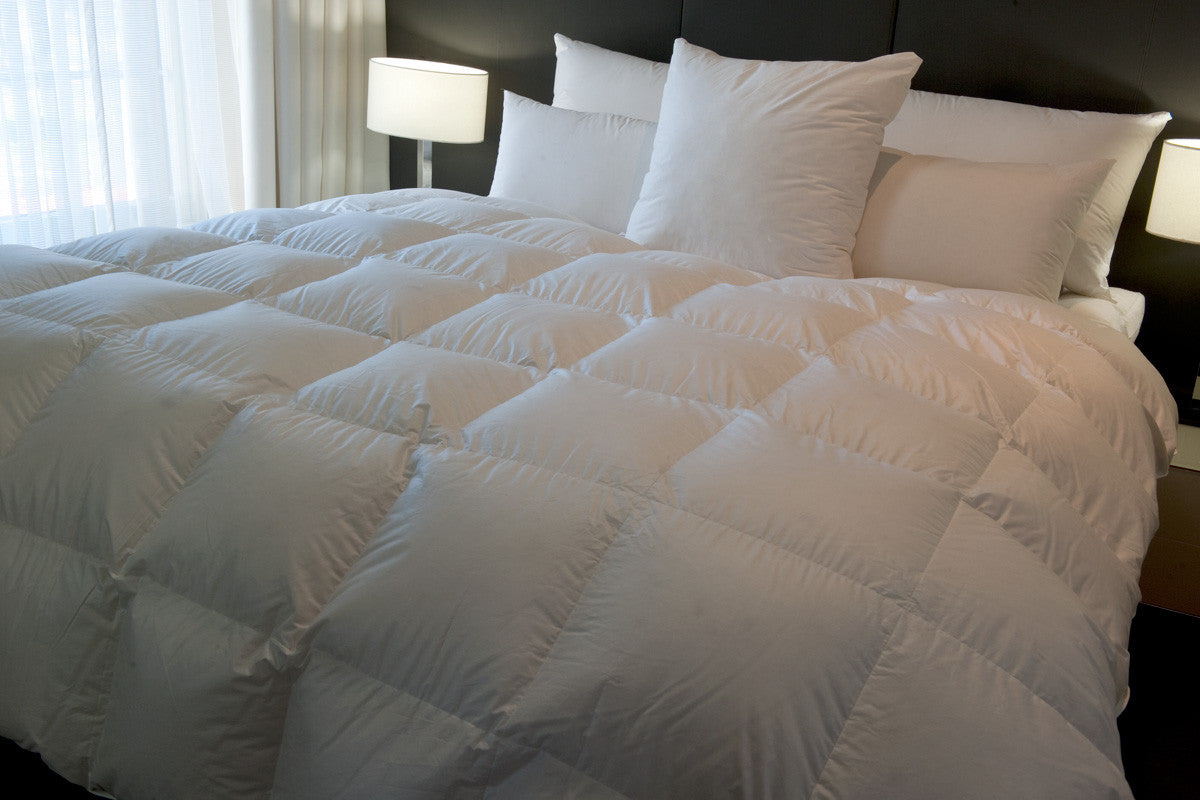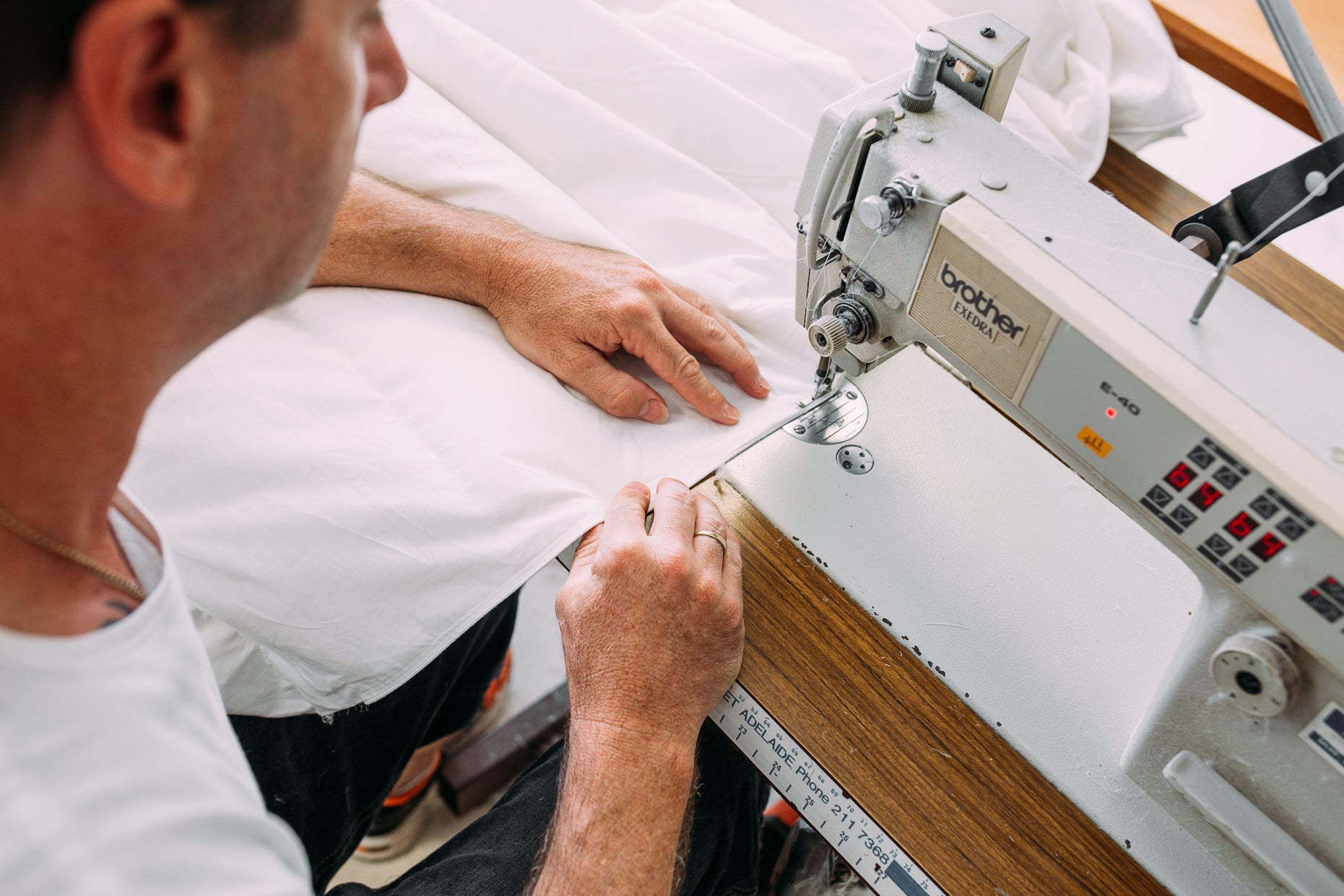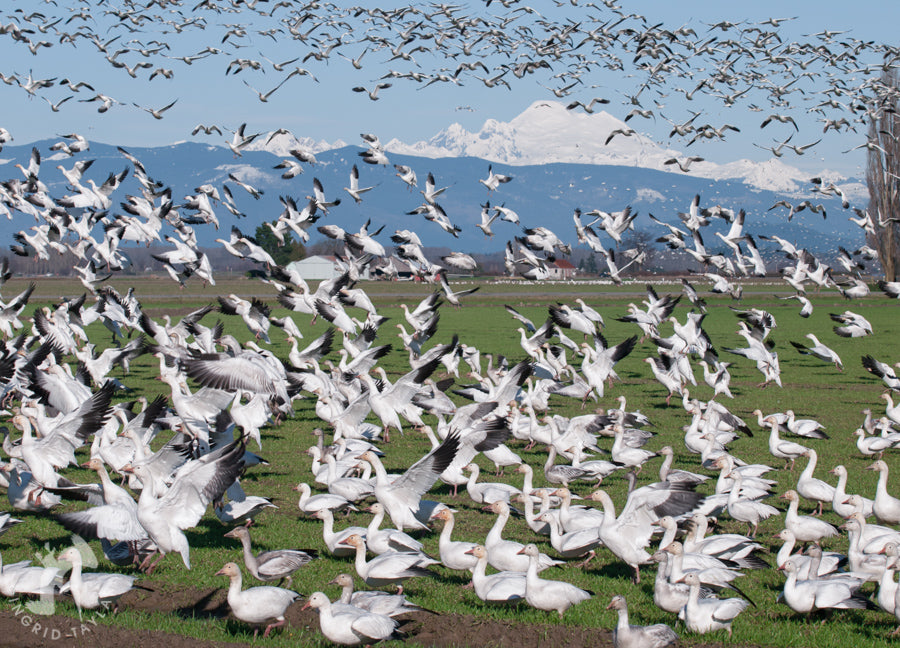
Ethical Collecting of Goose and Duck Down: A Guide to Responsible Sourcing
Collecting goose and duck down for pillows, quilts, comforters and mattress toppers has been a common practice for centuries. However, the methods of collecting down can vary widely, and not all are ethical.
Ethical down collection prioritises the well-being of birds and ensures the industry remains sustainable. This guide explores ethical down collection, how to identify ethically sourced products, and answers some common questions on the topic.
Why Ethical Down Matters
Goose and duck down is highly prized for its warmth, lightness, and breathability. However, concerns about animal welfare have put the spotlight on how down is sourced. Ethical down harvesting means ensuring that birds are not harmed, abused, or subjected to unnecessary suffering in the collection process. Choosing ethically sourced down supports sustainable practices, minimises harm to animals, and promotes eco-friendly production.
Key Features of Ethical Down Collection
- No Live-Plucking: One of the most critical aspects of ethical down collection is avoiding live-plucking, a practice where down is removed from live birds. This method is extremely painful for the animals and is considered inhumane. Ethical down is collected only after birds naturally shed their feathers or from birds raised for food.
- By-Product of the Meat Industry: Most ethically sourced down is a by-product of the meat industry. Instead of wasting the down from ducks and geese raised for food, it is collected and processed. This approach reduces waste and ensures that down collection is part of an already established industry.
- Certified Standards: Look for certifications like the International Down and Feather Laboratory (IDFL) and International Down and Feather Bureau (IDFB). These standards set strict guidelines for animal welfare, including the prohibition of live-plucking and force-feeding. Certified farms undergo regular audits to ensure compliance.
- Transparency and Traceability: Ethical down suppliers should be transparent about their sourcing practices. They can trace the down back to the farm of origin, providing assurance that the product is cruelty-free. Traceable down ensures consumers can verify the ethical practices behind their products.
- High Welfare Standards: Ethical down farms prioritise the health and welfare of birds. This includes providing adequate space, access to the outdoors, proper feeding, and medical care. High welfare standards reduce stress on birds and promote a more humane approach to farming.
How to Identify Ethically Sourced Down Products
- Look for Certifications: The most reliable way to ensure you are buying ethically sourced down is to look for certifications like IDFL or IDFB on product labels.
- Research Brands: Brands that are committed to ethical practices often provide detailed information on their sourcing. Check the company’s website or contact them directly to ask about their sourcing methods.
- Traceability: Ethical brands usually offer information about the down's origins, including farm locations and the collection process.
- Veterinary Certificates: Request a veterinary certificate for any goose or duck down bedding product purchased. Supreme Quilts provides Veterinary Certificates upon request.
FAQs
Q: Is live-plucking illegal?
A: Live-plucking is illegal in many countries, including the European Union, but it still occurs in some places. Always look for certifications like RDS, which guarantee that live-plucking is not part of the collection process.
Q: What does the International Down and Feather Bureau (IDFB) guarantee?
A: IDFB certification ensures that down and feathers come from birds that have not been subjected to unnecessary harm. It prohibits live-plucking and force-feeding and requires third-party audits of the entire supply chain for transparency and traceability.
Q: Is recycled down a better option?
A: Yes! Recycled down is an eco-friendly option. It involves collecting down from old products like bedding and jackets, then cleaning and processing it for reuse. This reduces waste and the need for new down collection, making it a great sustainable choice.
Q: How does ethical down compare in quality to non-ethical down?
A: The quality of down is not necessarily affected by ethical practices. High-quality down depends on the maturity of the bird and how the down is processed. Ethical down can be just as warm, light, and durable as non-ethically sourced down.
Q: Are there alternatives to down if I want a cruelty-free product?
A: Yes, there are synthetic alternatives, such as microfiber and polyester fill, which mimic the warmth and fluffiness of down without using animal products. Additionally, some brands offer plant-based fills like cotton and bamboo fibres.
Q: Is down collected during moulting?
A: In some cases, yes. Birds naturally shed their feathers during moulting periods, and ethical farms may collect down during this time. However, the majority of ethical down comes as a by-product of birds raised for the meat industry.
Supporting Ethical Down Products
By choosing ethically sourced down products, you support animal welfare and sustainable practices in the industry. The next time you're shopping for a goose down comforter or duck down pillow, look for certifications, research the brands, and consider the welfare of the animals involved. Ethical down collection ensures a comfortable night's sleep without compromising the well-being of our feathered friends.

